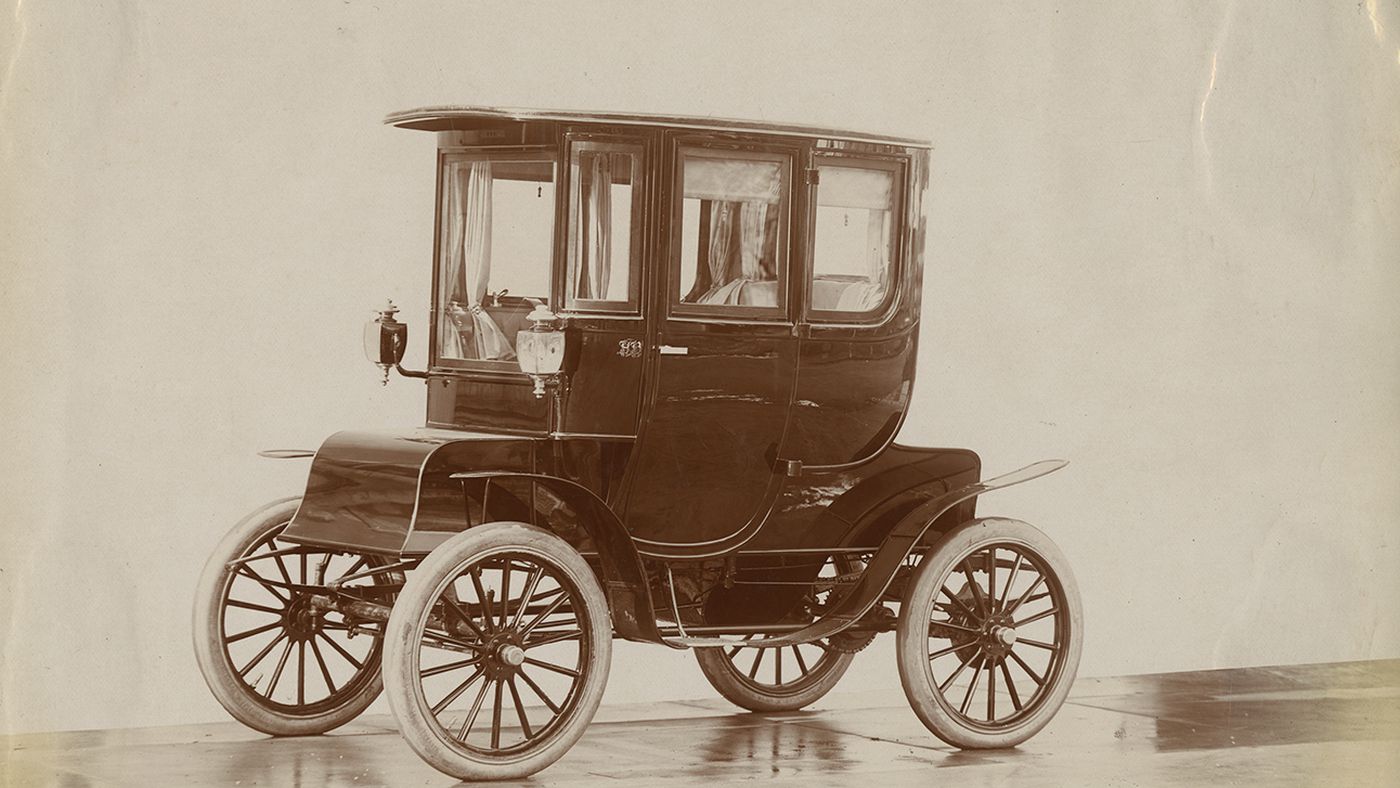Electric cars have been around for a lot longer than most people realize. While it may seem like they’re a relatively recent development, the truth is that the first electric car was built more than a century ago. Since then, electric cars have gone through many changes, advancements, and setbacks. In this article, we’ll take a look at the timeline of electric cars.
Contents
- 1 1832-1839: The First Electric Carriages
- 2 1859: Rechargeable Batteries
- 3 1884: First Electric Car
- 4 1899-1900: Electric Taxis in London and New York
- 5 1900-1910: The Rise of Electric Cars
- 6 1912-1925: The Decline of Electric Cars
- 7 1950s-1960s: Electric Cars for Golf Courses
- 8 1960s-1970s: Environmental Concerns and Electric Cars
- 9 1990s: The Rise of Modern Electric Cars
- 10 2006: Tesla Roadster
- 11 2010: Nissan Leaf and Chevrolet Volt
- 12 2012: Tesla Model S
- 13 2017: Tesla Model 3
- 14 2020: Electric Cars are Becoming More Popular
- 15 Conclusion
1832-1839: The First Electric Carriages

The first electric carriages were built between 1832 and 1839. They were not practical for everyday use, but they showed that electric power could be used to move vehicles.
1859: Rechargeable Batteries
French physicist Gaston Planté invented the first rechargeable battery in 1859. This invention made it possible to store electricity and use it to power vehicles.
1884: First Electric Car
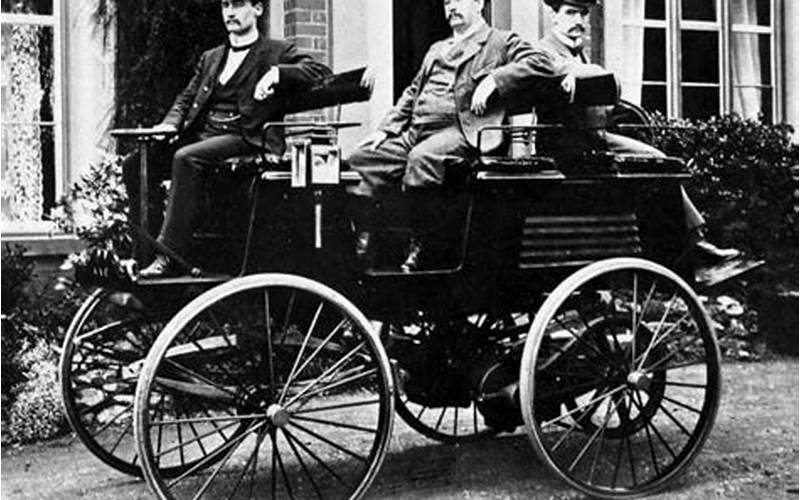
The first electric car was built by English inventor Thomas Parker in 1884. It was powered by lead-acid batteries and had a range of about 10 miles.
1899-1900: Electric Taxis in London and New York
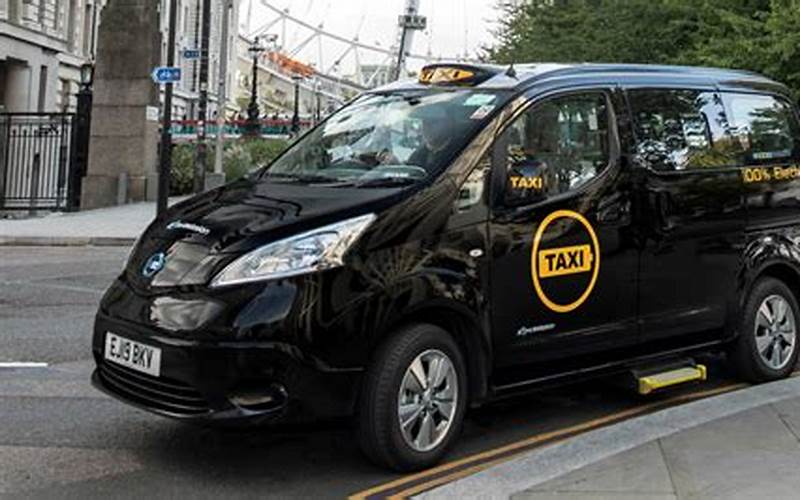
Electric taxis were introduced in London and New York in the late 1890s and early 1900s. They were popular because they were quiet, clean, and reliable.
1900-1910: The Rise of Electric Cars
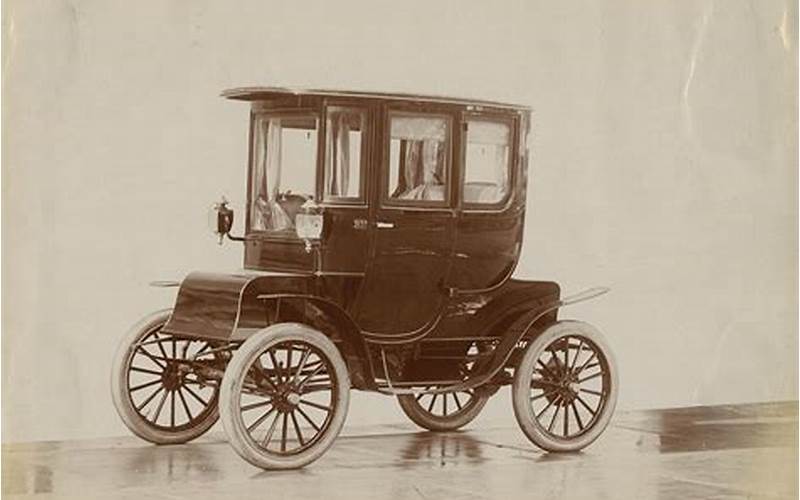
Electric cars were becoming more popular in the early 1900s. They were especially popular among women because they were easy to operate and didn’t require manual cranking.
1912-1925: The Decline of Electric Cars
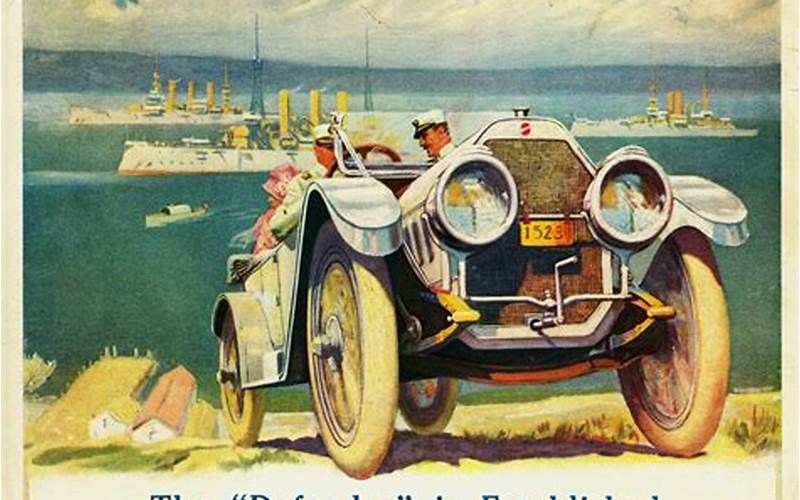
The popularity of electric cars declined in the 1910s and 1920s. Gasoline-powered cars became more common and were seen as more powerful and convenient.
1950s-1960s: Electric Cars for Golf Courses

Electric cars were still being used, but mostly for golf carts and other small vehicles.
1960s-1970s: Environmental Concerns and Electric Cars
The environmental movement of the 1960s and 1970s led to renewed interest in electric cars. They were seen as a way to reduce pollution and dependence on oil.
1990s: The Rise of Modern Electric Cars
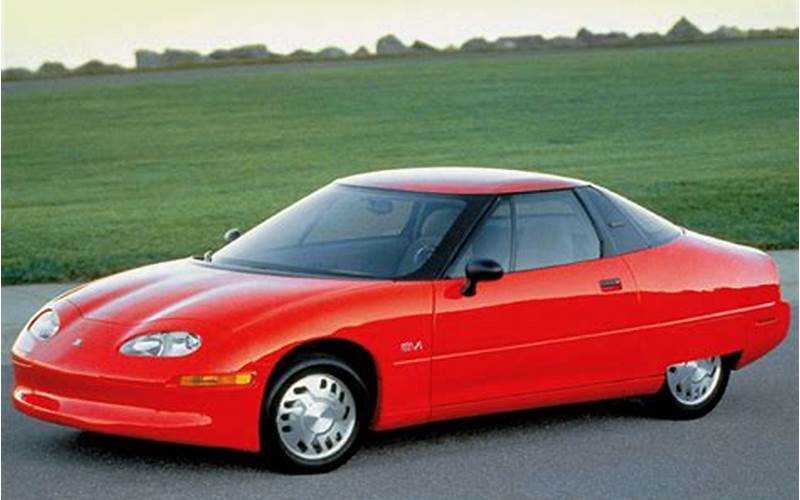
In the 1990s, modern electric cars started to emerge. The General Motors EV1 was one of the first, and it was available for lease in California and Arizona.
2006: Tesla Roadster
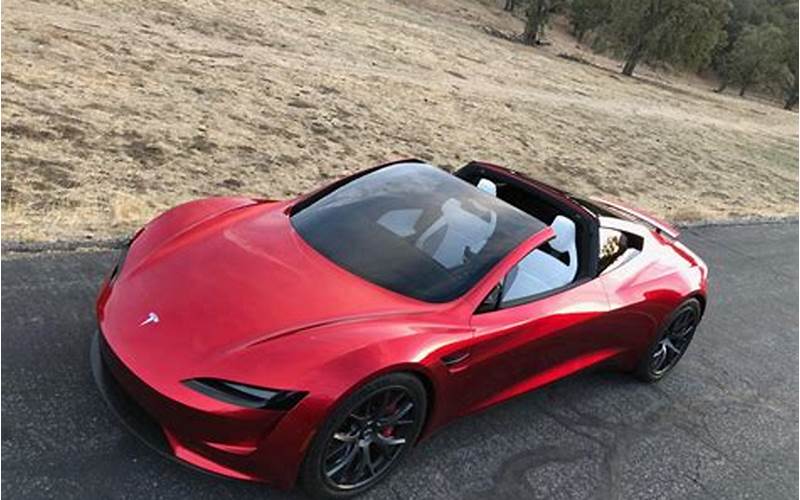
The Tesla Roadster was introduced in 2006. It was the first highway-capable electric car and had a range of 245 miles.
2010: Nissan Leaf and Chevrolet Volt

In 2010, the Nissan Leaf and Chevrolet Volt were introduced. The Nissan Leaf was the first mass-produced electric car, and the Chevrolet Volt was a plug-in hybrid.
2012: Tesla Model S
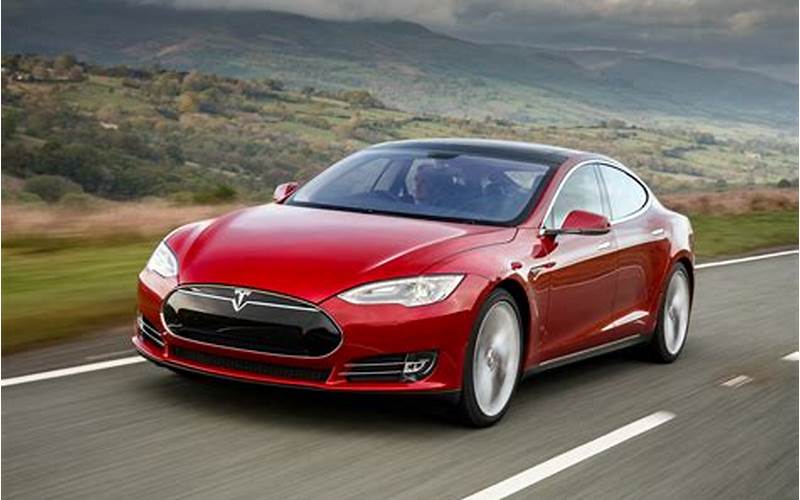
The Tesla Model S was introduced in 2012. It was the first electric car to have a range of more than 300 miles on a single charge.
2017: Tesla Model 3
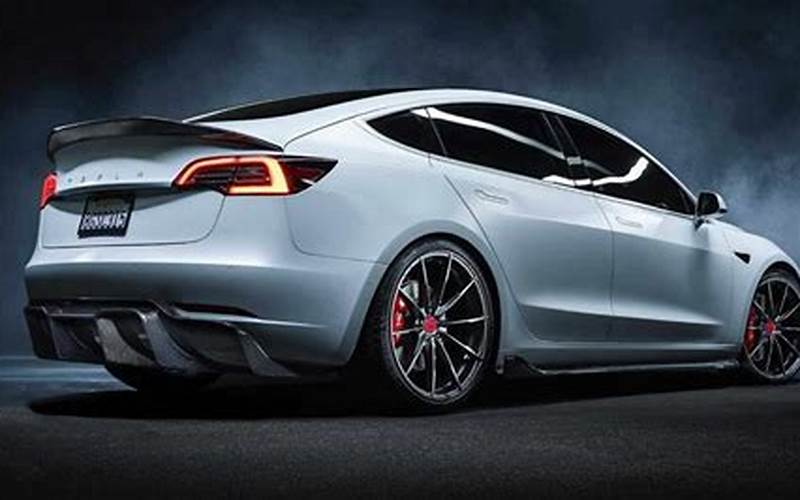
The Tesla Model 3 was introduced in 2017. It is the most affordable Tesla car and has a range of up to 263 miles.
2020: Electric Cars are Becoming More Popular
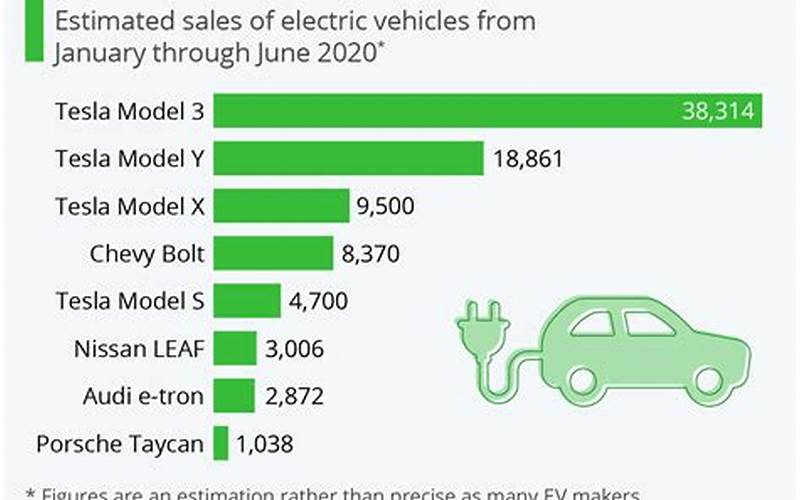
Electric cars are becoming more popular as people become more concerned about the environment and the cost of gasoline. In 2020, more than 3 million electric cars were sold worldwide.
Conclusion
The evolution of electric cars is a long and fascinating story. From the early electric carriages to the modern electric cars of today, electric cars have come a long way. While they still face some challenges, such as range anxiety and the availability of charging stations, the future looks bright for electric cars.

